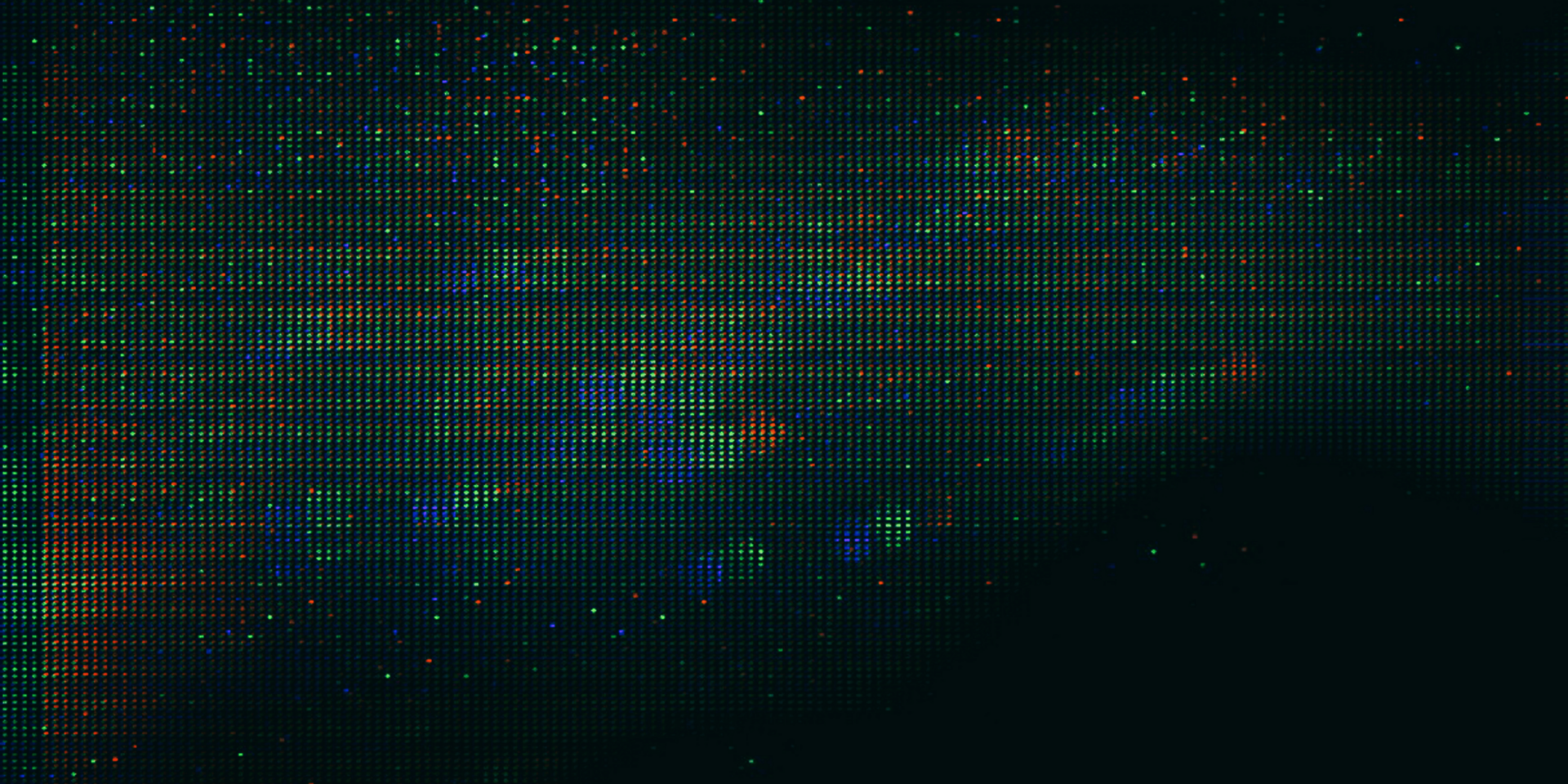In digital design, a glitch is usually seen as a flaw. But when used intentionally, glitches can change how people interpret visuals and messages. This shift turns what was once a technical error into a creative statement.
Understanding the Glitch Aesthetic
The glitch aesthetic involves using distortion, static, or digital errors as part of a visual design. These elements break from clean, perfect design standards. Instead of hiding mistakes, the glitch aesthetic highlights them, creating tension and interest. This approach forces viewers to pay closer attention and engage with the design on a different level.
Glitches Create Meaning Through Disruption
Glitches interrupt expected patterns. They break rhythm, distort images, and shift color unexpectedly. In doing so, they signal that something is off—and often, that’s the point. Used carefully, these disruptions become part of the message itself, suggesting deeper ideas about control, failure, or transformation.
A Realistic Scenario: Using Glitch in a Campaign Design
Picture a designer creating a digital campaign about the impact of constant screen exposure. Instead of clean fonts and sharp layouts, the design features broken text, warped images, and sudden flickers. Each visual glitch represents the stress of overexposure.
The viewer doesn’t just read the message—they feel it. The glitch is no longer a bug. It becomes the language that communicates discomfort and overload.
Why the Glitch Resonates in Modern Culture
Today’s digital world runs on precision. But under the surface, systems fail. Files corrupt. Streams freeze. People recognize these breakdowns because they live with them. Glitch design taps into this shared experience. It mirrors the unstable relationship we have with technology and makes that instability visible.
Digital Decay as a Visual Statement
Glitches often resemble decay. Pixels fall apart. Audio stutters. These breakdowns mimic the way old media ages over time. In digital art, this decay becomes a metaphor. It suggests memory loss, data corruption, or the fragility of information. Designers use these signals to create mood and meaning beyond the surface image.
Subverting Perfection with Imperfection
Modern digital design often aims for perfection: smooth lines, sharp images, and fast loading speeds. The glitch aesthetic pushes back. By showing flaws, it questions the idea that everything digital should be perfect. This intentional imperfection challenges expectations and invites more honest or experimental forms of expression.
Tech Limitations Inspire Creative Choices
Glitch art often emerges from the limitations of technology. Compressed files, outdated software, and failing hardware can all create unexpected results. Instead of fixing these errors, some designers explore them. They turn limitations into tools, discovering new ways to build mood and narrative from what the machine can’t do.
Sound Glitches Add Another Layer to the Message
Audio glitches work like visual ones. Static, looping sounds, and distortion can disrupt the listening experience in powerful ways. These glitches add tension and discomfort. In multimedia projects, sound errors can reinforce the mood of the visual message, creating a unified and immersive effect.
Glitch Design Encourages Critical Thinking
When viewers encounter glitch-heavy designs, they often pause to figure out what’s happening. This moment of confusion opens space for deeper engagement. The glitch doesn’t just tell people what to think—it asks them to respond. That active involvement makes the message more personal and memorable.
Redefining Error as Intent
The glitch no longer sits at the edge of failure. It has moved into the center of digital design as a deliberate tool. By embracing distortion and decay, designers tell new stories about control, change, and imperfection. In the hands of a skilled creator, the glitch becomes more than a mistake. It becomes the message itself.
